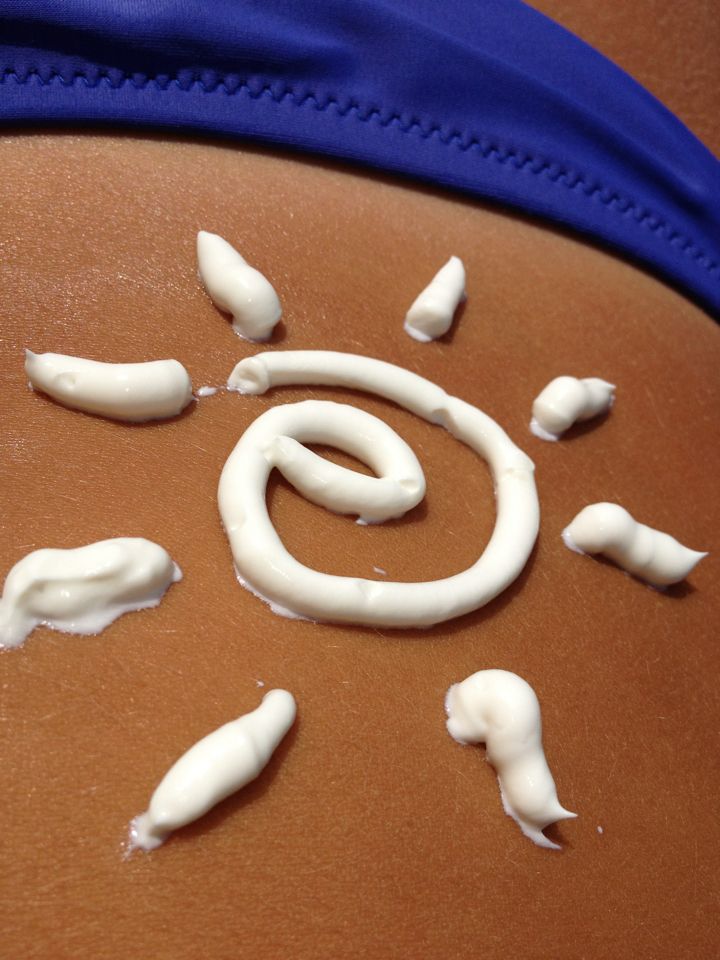The imminence of spring break is tantalizing, only a few days stand between students and their vacations. With warm weather on the brain, many may consider various methods of tanning before their week at the beach.
But, for those who are new to the art of bronzing, horror stories of orange skin, Blackfishing and accelerated aging may prevent them from obtaining their perfect glow.
Are these negative aspects of a fake tan legitimate? If so, how can they be avoided to reach the desired complexion?
Skin Tone Scaries
Many women today consider tanning to be a necessity, however, there is something to be said for the allure of paleness. Across the world, pale skin is associated with beauty and virtue, something that celebrities like Emma Stone choose to embrace.

This is not to say that dark complexions are not equally as stunning; the desire for tanned skin celebrates non-white traits, which is necessary for society’s progression of equity.
Each unique skin shade deserves to be celebrated. Whether you choose to embrace your natural skin tone or aspire to a slightly darker complexion, it is vital to be conscious of and to avoid shades that are considered racially ambiguous.
Is Tanning Bad for Your Health?

Some methods of tanning – tanning beds and suntanning – expose individuals to harmful Ultraviolet rays, which can cause potential health issues. These potential problems include sunburn, accelerated aging and skin cancer.
Keep Your Skin Safe
Sunburn is a painful effect of UV exposure that causes symptoms such as red, warm and tender skin. Wearing sunscreen is an easy, but not entirely effective way to prevent this side effect.
Accelerated aging is another potential effect of certain tanning methods. Wrinkles, dark spots and leathery skin may appear if one tans in excess. Luckily, this is a long-term side effect that is easily preventable with the use of sunscreen and sun exposure moderation.
The most dangerous potential side effect of UV exposure is skin cancer. After tanning, make sure to look out for patches of skin that are raised, strange colors or possess a lowered area. If you discover these skin deformities, schedule an appointment with your doctor immediately!
For the most part, tanning is a safe practice. However, being aware of these potential dangers is important for avoiding the possibility of illness. If you are prone to any of the health effects above, avoid tanning methods that include exposure to UV rays like tanning beds and sun tanning.
Tanning Techniques

With so many available methods of tanning, it can be difficult for people to find the best bronzing techniques suited for their skin.
Good thing VALLEY’s got you covered:
- Tanning Beds (This method should be avoided for those with claustrophobia or UV-sensitive skin)
- Tanning beds are the most efficient way to tan. Each session consists of simply laying or standing in the machine for about half an hour. It may take multiple sessions to reach the desired shade, which is important to keep in mind especially considering the price. In State College, VALLEY recommends the following tanning companies: TanLuxe, Bronze Tanning Co., Viva Bella.
- Self-Tans
- Self-tanning is another great way to achieve a beautiful bronze complexion. Tanologist provides a multitude of formulas for self-tanning including mousses, drops and sprays. Whichever method you choose, make sure to use a makeup brush to blend at the wrists, ankles and important areas of the face (under eyes, over eyelids, on tips of ears, on neck and around back of ears). Always tan your face first and wash your hands after doing so to avoid splotches on the fingers.
- Bronzing Lotions
- Another method of tanning is the daily use of bronzing lotion. This tactic works to give you a healthy glow and naturally avoids streaking since its effects are gradual. VALLEY recommends Jergens Natural Glow for its moisturizing and tanning effects.
Don’t Forget to Prep
Before attempting any self-tanning method, make sure to shave and exfoliate 24 hours prior, apply moisturizer right before, use a tanning mitt for the body and let the tan dry before moving on with your day.
Do you have fake tanning horror stories? Tips? Local resources? Make sure to share with VALLEY, @valleymag on X!





